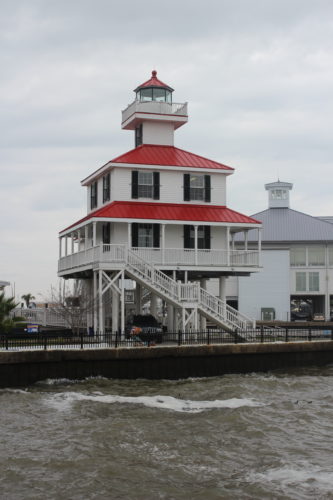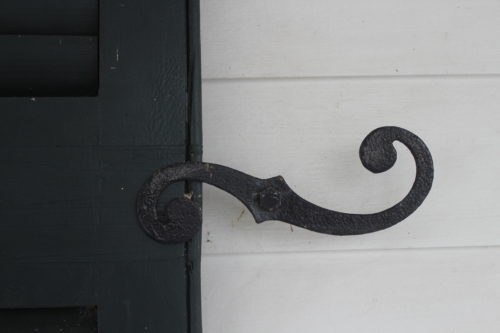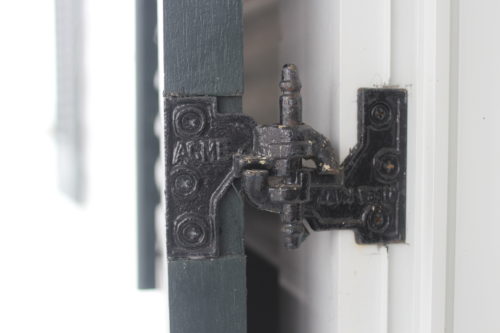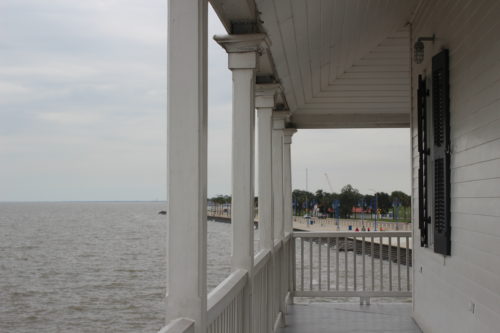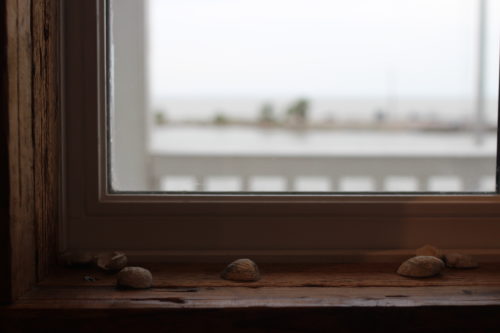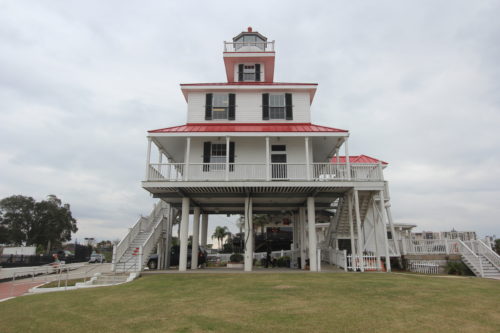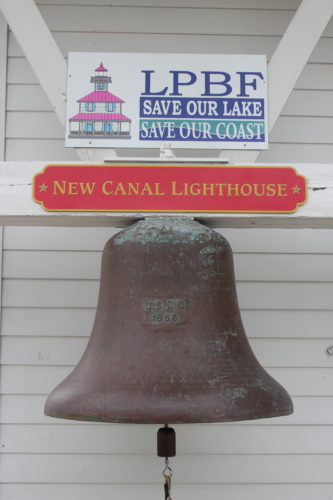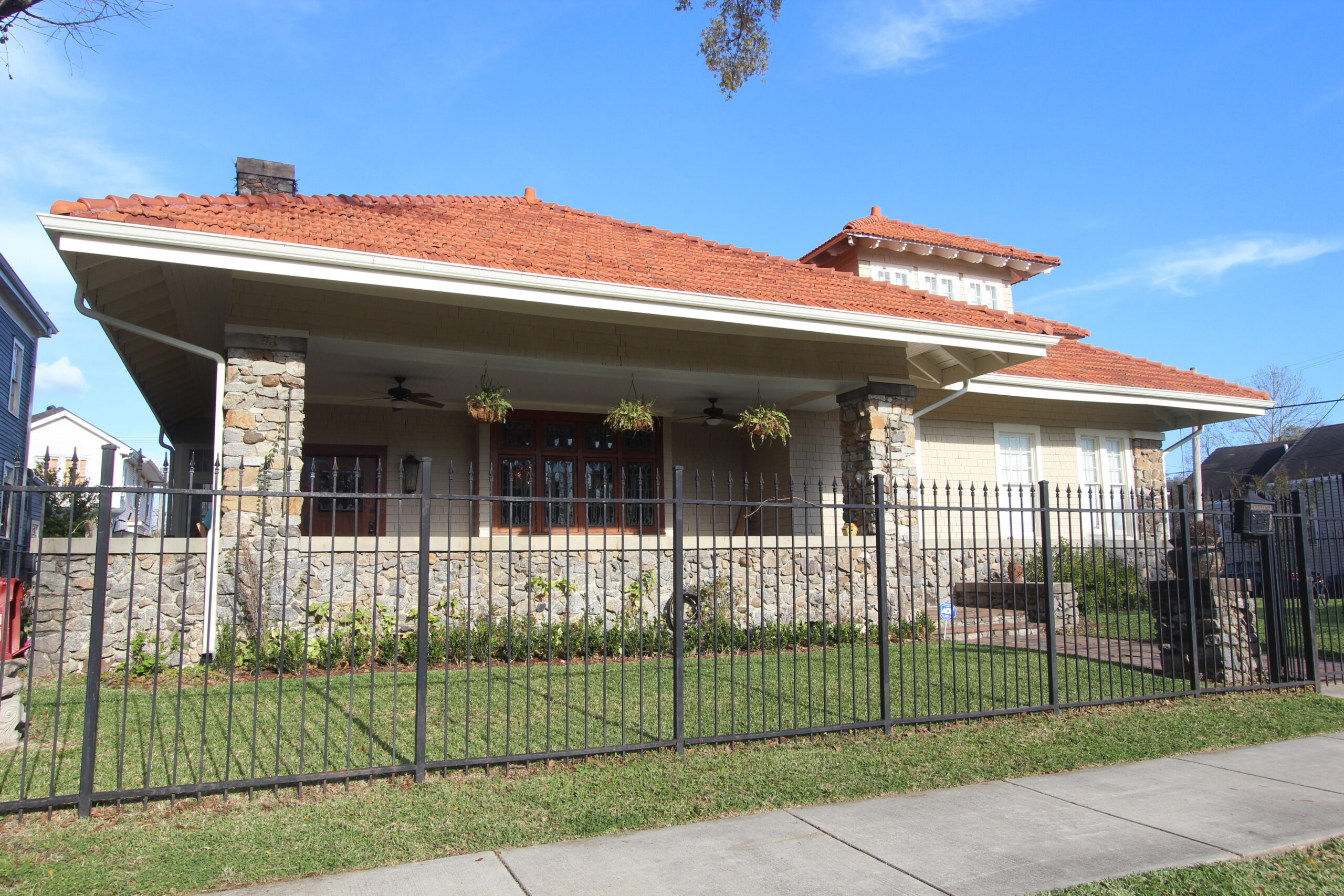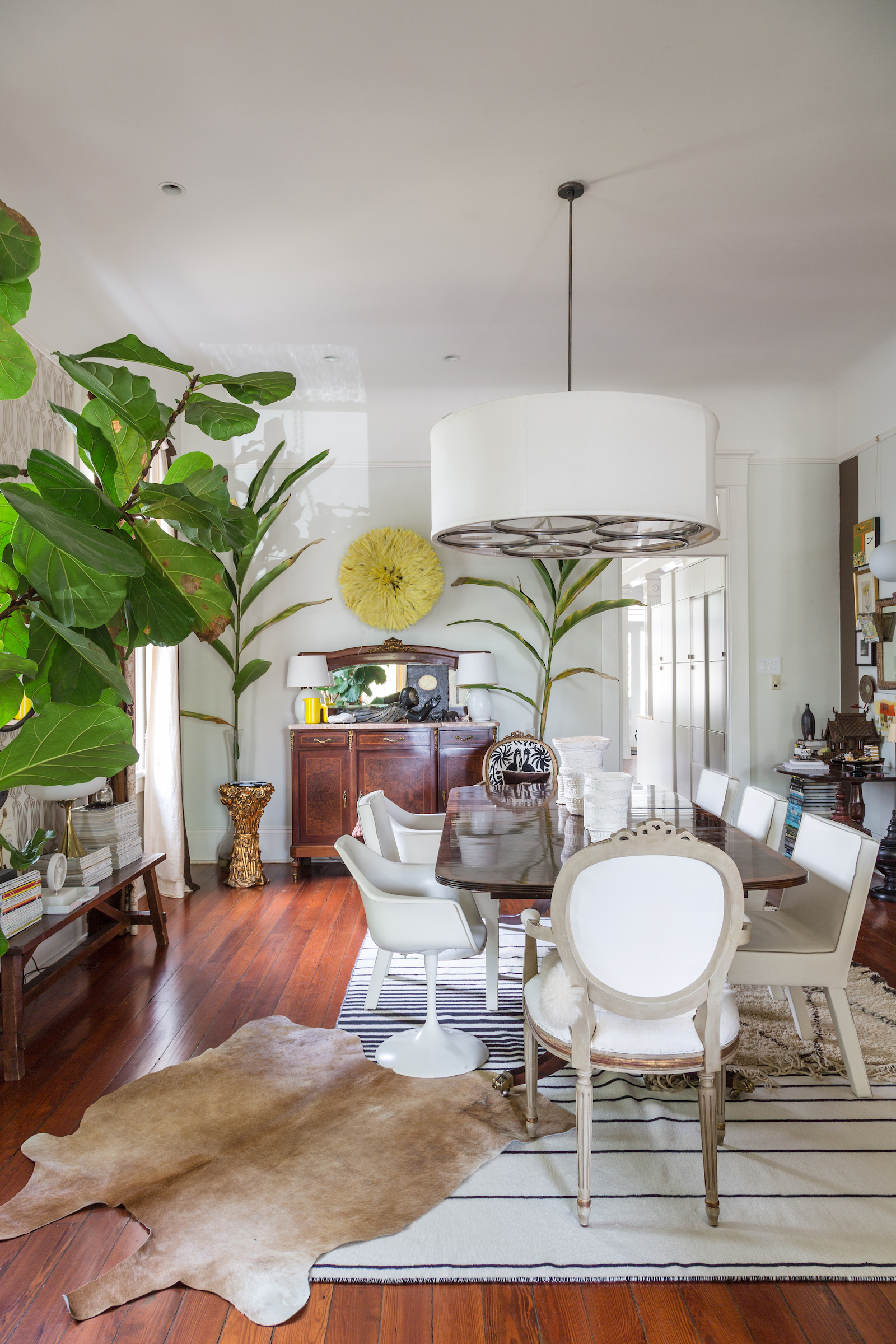A lighthouse has stood guard over what was once the New Basin Canal, located on the edge of Lake Pontchartrain in New Orleans, for nearly 200 years. When Hurricane Katrina toppled the lighthouse with a 19-foot storm surge in 2005, a portion of the broken building was all that was left on a site that had held three different lighthouses since 1838.
The New Canal Lighthouse was initially built to shine light on the New Basin Canal, a major transportation artery in the 19th century that ran from what is now West End Boulevard to an area just north of the Superdome. The first lighthouse was little more than a cypress tower with a lantern on top, built in 1838.
It didn’t last long — wood rot necessitated the construction of a new lighthouse by 1855. This lighthouse was a one-story, square wood building with a lantern on top, according to historian David L. Cipra. A few decades later the grand Southern Yacht Club was constructed, dwarfing the lighthouse and blocking its light. Thus, a third lighthouse — the structure that lasted until Hurricane Katrina — was built.
Among other interesting stories, the New Canal Lighthouse was known for having had several notable women lighthouse keepers. Maggie Norvell, for example, who served as keeper from 1924 to 1932, helped save 200 people when a ferry caught fire and she radioed for help. She later also helped rescue a Navy pilot.
The Lake Pontchartrain Basin Foundation (LPBF), which was established in 1989 to clean up what was then a highly polluted Lake Pontchartrain, had been eyeing the historic lighthouse since 1999 with the hopes of acquiring it. At that time, the lighthouse, like many across the country, was owned and operated by the Coast Guard. But it wasn’t an easy building to utilize, having been built without electricity or indoor plumbing. Regardless, LPBF began working with the National Historic Lighthouse Preservation Program to explore the possibility of transforming the lighthouse into an education center for the public to showcase exhibits about the history of the lighthouse and the ecology of the Pontchartrain Basin. “We looked at it as an educational tool,” said Joann Haydel, LPBF’s education coordinator. “The lighthouse would allow us to teach people, on the lake, about our lake and the coast” — their past and their tenuous future.
When a wall of water hit the lighthouse during Katrina, the circa-1890 structure was toppled, its iron cupola falling to the ground and shattering. Though LPBF didn’t yet own the building, its director and board were determined to restore the historic structure. In 2006 they entered into a lease with the Coast Guard, and then managed to salvage some of the structure’s original materials and store them in a warehouse offsite, including cypress exterior cladding, yellow pine boards and window shutters and hardware.
They began planning the building’s reconstruction and fundraising. LPBF signed a long-term lease on the lighthouse in 2012 and began working with HMS Architects to build a replica of the New Canal Lighthouse, exactly copying the 1890 structure and utilizing original materials. The lighthouse was raised 19 feet on piers to minimize impact of future storm surges.
The replica lighthouse was opened to the public in April 2013. The first floor features a museum with fascinating exhibits on the history of the lighthouse, the West End neighborhood and development on the lakefront, as well as exhibits on the ecological health of Lake Pontchartrain, the basin, coastal erosion and methods to save the coast, commercial fishing, and more. It also tells the recent saga of cleaning up the lake: Public outcry to improve the lake grew significantly after the EPA declared Lake Pontchartrain an Impaired Body of Water due to its high levels of pollution in the late 1970s. Since its founding, LPBF has employed methods ranging from enacting state policy to engaging ecological scientists and methods to clean the lake. It was declared clean and taken off the EPA’s list in 2006. LPBF still tests the water quality and that of water bodies that feed into the lake in 16 parishes regularly.
The second and third floors of the new lighthouse hold LPBF’s offices. Happily, this iteration of the New Canal Lighthouse includes heating and cooling systems, electricity and bathrooms. An average of 10,000 people visit the lighthouse, and the adjoining visitor center, each year.
As spring blooms, this wonderful site is the perfect place to learn about the lake, experience a special piece of New Orleans heritage, and enjoy a picnic on the shore.
Photos by Liz Jurey





